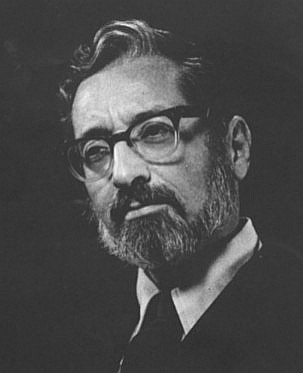| Profile | Major Works | Resources |
Roy Radner, 1927-


A student of Jacob Marschak's and the Cowles Commission, currently at New York University, Roy Radner's contributions to economics have centered around incorporating information and uncertainty into Neo-Walrasian general equilibrium theory (1967, 1968, 1972). He is also renowned for providing one of the first clear "Turnpike Theorems" (1961) of a von Neumann system for optimal capital accumulation and more general scenarios
His work on uncertainty and information was groundbreaking. In his 1968 classical paper, Radner incorporated and studied the impact of different information structures in an Arrow-Debreu model by defining them as different partitions in the state space. Radner (1972) integrated uncertainty and financial markets into a comprehensive Neo-Walrasian model that yielded an "equilibrium of plans, prices and price expectations" in a sequential economy - also known as a "Radner Equilibrium" - which has since found many applications in the theory of general equilibrium, finance and incomplete markets. Radner (1967) formalized the idea of the informational role of prices and the concept of a "rational expectations equilibrium" in a general equilibrium setting. His explorations in the field have continued apace since (e.g. 1982).
His long-term work on the economics of "teams" -- notably his work with Marschak (1972) -- expanded upon the formal theory of information, private information and the incentives in a market economy, which set up the building blocks of principal-agent analysis and Neoclassical theories of organization.
|
Major works of Roy Radner
|
HET
|
|
Resources on Roy Radner
|
All rights reserved, Gonçalo L. Fonseca
